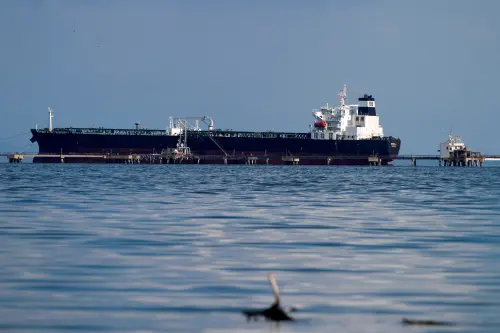Venezuela's state-owned PDVSA has outlined three operational scenarios to ensure continued oil production and exportation in its key joint venture with Chevron once the U.S. company's license in the country expires next month, as per a document reviewed by Reuters on Monday.
The U.S. administration has recently issued Chevron a 30-day deadline until early April to halt imports and exports from Venezuela currently authorized under a 2022 license.
Chevron's activities in the sanctioned South American nation primarily revolve around joint ventures where PDVSA is the major stakeholder, with the Petropiar project in the Orinoco Belt standing out as a significant partnership.
Following the Chevron license termination, PDVSA aims to sustain a production range of 105,000 to 138,000 barrels per day (bpd) of Hamaca heavy crude at Petropiar, in alignment with recent output levels.
Depending on the scenario, a portion of the crude oil will be channeled to local refineries alongside byproducts like vacuum gasoil while another part will be directed to non-U.S. markets. The vacuum gasoil plays a role in PDVSA's gasoline production for domestic supply.
The primary objective of PDVSA's adjustments is to uphold Petropiar's production capacity and circumvent the suspension of the upgrader or closure of any oilfields within the joint ventures, a source familiar with the company's operations disclosed.
PDVSA and Chevron have not yet responded to requests for comments.
To counter potential diluent shortages critical for Petropiar's operations, PDVSA plans to augment the recycling of imported naphtha and supplement other diluents from its major refining complex, Paraguana.
The document suggests minimizing the current tanker movements that facilitate Chevron's domestic crude shifting before exportation.
As part of the strategy to mitigate diluent shortages, certain Petropiar upgrader units may be temporarily repurposed to produce alternative feedstocks, akin to the initiative undertaken by PDVSA in 2020 when the Chevron license faced restrictions under the initial administration of former President Trump.
